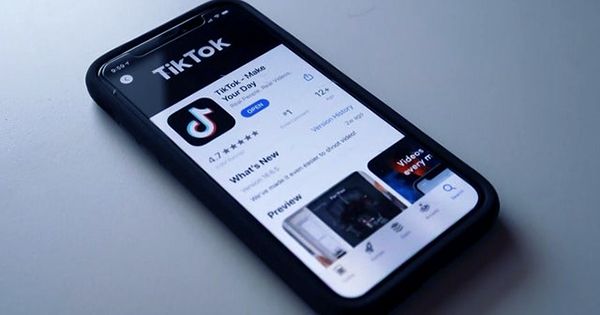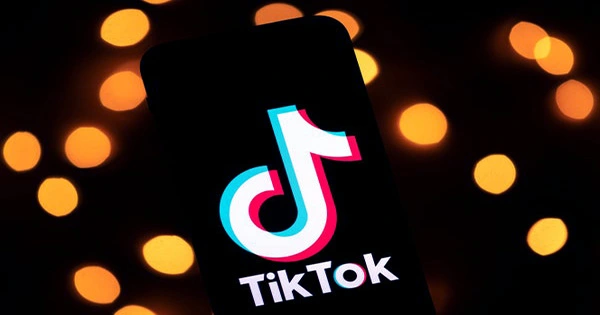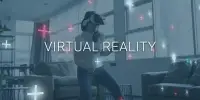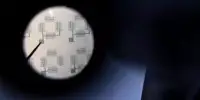TikTok was developing its own augmented reality (AR) development platform dubbed Effect House last August, according to TechCrunch, which would allow developers to create AR effects for use in TikTok’s video app. Effect House is now available to the public. According to TikTok, the platform has been in closed beta since last autumn, and it has been used by over 450 artists who have gone on to post their effects on TikTok, where they have been utilized in 1.5 billion videos with over 600 billion views. To stimulate additional development, the firm is now allowing beta access.
With the introduction, TikTok will be in direct rivalry with Snap and Meta, both of which currently provide a set of tools for developers to create AR experiences and effects for their respective app families. Meanwhile, TikTok’s extensive library of effects is a significant component of the video service’s current functionality, and it inspires producers to develop films. TikTok will be able to encourage even more video production by allowing producers to design their own effects.

While creating tools with Effect House may require some technical knowledge, the company has created a comprehensive set of documentation that explains how to use the platform to create specific types of effects such as Segmentation, Face Mask, Head Tracker, Face Stretch, and 3D Face, as well as how to use different textures, materials, lighting and shadows, and more.
The site also includes templates, online tutorials, and a Knowledge Lab where TikTok experts will demonstrate how to utilize Effect House to produce a certain effect live. One demo, for example, show’s creators how TikTok created the TikTok “Bonk!” effect and provides ideas on how to create similar effects.
TikTok recently released a set of special Effect House standards, which describe the extra policies that effect makers must follow in addition to the regular Community Guidelines. These explain why TikTok won’t let creators post effects that promote colorism, unfavorable preconceptions of certain groups, cosmetic surgery (e.g. lip fillers), or encourage examination of other people’s appearances. The latter is an intriguing choice on TikTok’s side, as “beauty filters,” which smooth skin, modify jawlines, change the contour of facial features, apply cosmetics, plump up the lips, and more, and are among the most popular filters and effects across platforms to date.
TikTok also has its own collection of them. However, as the effects of filters on users’ mental health — particularly among younger girls — have become increasingly apparent, there has been a growing reaction against this type of editing. According to a Consumer Reports poll conducted last autumn, the majority of Americans (59%) now believe beauty filters to be concerning. As they consider legislation to regulate the business, lawmakers have taken a keen interest in how social platforms are influencing how young people view themselves. Last year, they questioned social media giants such as Snap, Instagram, YouTube, and TikTok about eating disorder content.
Given that TikTok — already popular among teenagers — is authorized to serve an under-13 audience through an age-gating system, it is probable the company didn’t want to create an unwanted minefield of possibly hazardous creative consequences. Before they’re published to the public, TikTok’s Trust and Safety team will analyze the user-created effects to verify they follow the company’s regulations. If the firm overlooks a potentially harmful consequence, the community can use the “Report Effect” function to alert the company.
This will make the team re-examine it for compliance with the Effect Guidelines. The business also claims that if it discovers that an effect is being utilized in a way that violates the standards (even if the effect itself isn’t), it will delete the effect as well as the films that featured it. In addition, TikTok will conceal certain of the creative effects from displaying in the Effect Try section of the app, such as those representing alcohol.
















